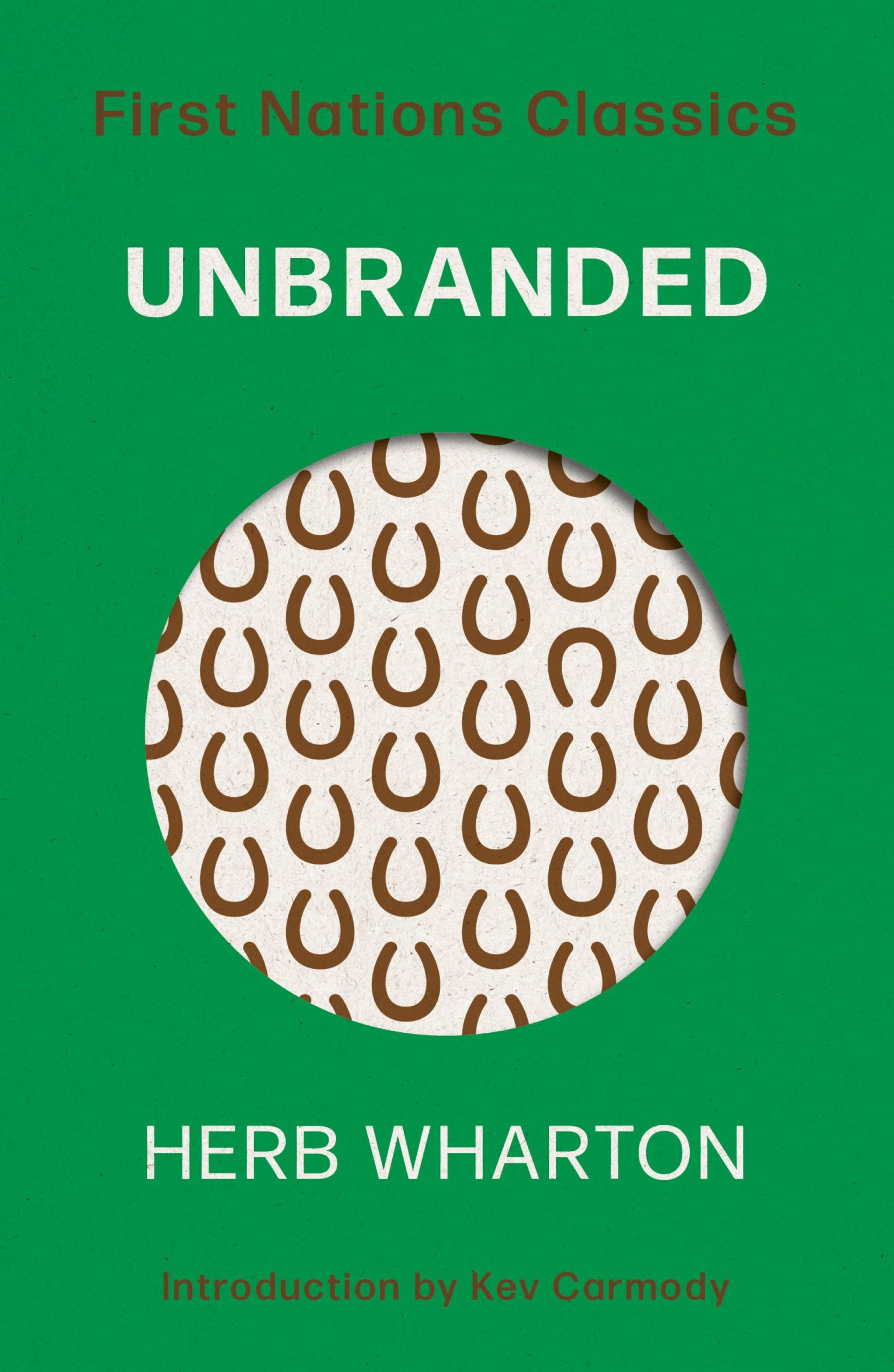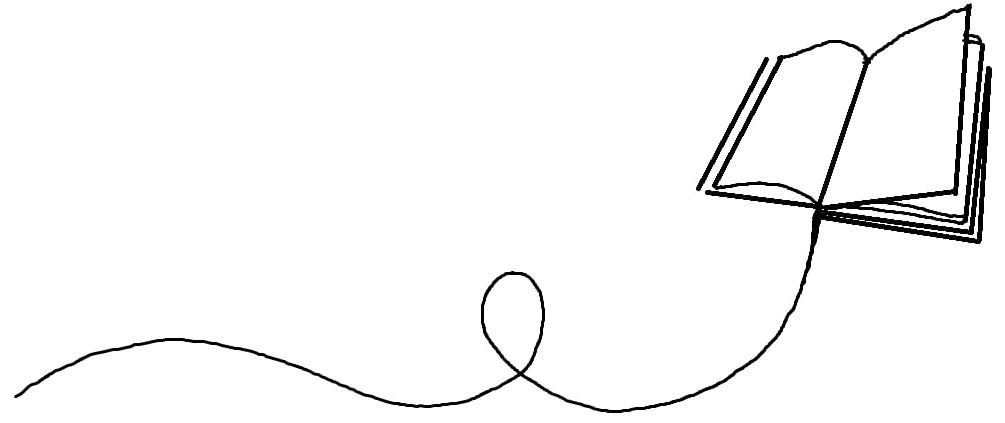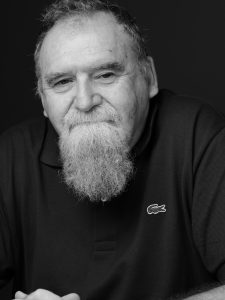24 Uncle Herb Wharton’s papers in the Fryer Library
Norm Sheehan
Back in the 1970s, I lived and worked a long way out of town in the far west. It was hard work, but I enjoyed being outside on the plains working with cattle and crops. One place I frequented was a spot on a back road where it crossed a wide irrigation channel. There on a still night a stereoscope view of the stars came into view. We laughed but you really could feel the earth move sitting on the roof of the ute parked on that bridge with the stars above and below. Those times ended with a devastating drought and we moved to the city for work. My earliest memories are of the plains, close family and the comforting stillness of the west.
Years later, I got a call from Cunnamulla as there had been a youth suicide in town and the community asked us (Link Up Queensland) for help. The drive out west was familiar: flat plains, deep horizons, and Cunnamulla was welcoming. A lot of clients and colleagues were there, and for me, it felt familiar, like I had been there before. Some far west towns do this drawing-in thing that I really appreciate because it signals the history is alive and unforgotten under the quiet and friendly surface.

As a uni student, I had picked up Uncle Herb Wharton’s book and read through stories that drew me in, in a familiar way, grounded and healed me at a time when I was scattered and alone. Uncle Herb’s book talked about his history and the mates he worked with and the places out there in the far west. His honest, engaging and character-filled prose draws readers into a world that allows them to subtly position events that describe Aboriginal being and the survival and sustenance of this being through the devastation of the coming of the white people.
Country is the background on which his every phrase is conceived. Stories written so simply and beautifully that Country is brought into view as tangible yet invisible like the paper behind the print. For me, with memories of similar places, Country shines through between the spaces in the type explaining and affirming things held deeply and respectfully close.
When I read Uncle Herb’s papers in the Fryer Library, I learned how much support he had from UQ and I also discovered amazing background stories in his research. Stories about climate change brought by the coming of the white people that transformed the western landscape to one of silt and dust. Descriptions of a golden bench beside a clear waterhole where generations of Aboriginal people sat and valued the clear water more than the golden seat. The arrival of thirsty milling cattle that muddied this scene causing the seat to tumble in and sink, buried under silt and dust until no sign of a waterhole or gold remained. Stories that interrogate Australian myths of the inland.
In Cunnamulla, we sat together quietly and talked with the community about what could be done to help at a very difficult time. Working together with Uncle Herb, we brought Elders into the school to speak openly with students and gave all students a space to speak. These yarning circles allowed everyone who wished to speak a respectful place to talk through their feelings about these events. It was not easy; there was grief, anger, resentment and fear because every act of self-harm has background stories: a hidden rationale.
Speakers revealed historic divisions between families, the legacy of abject racism and the identity conflicts school kids experienced. We talked through this and counselled where we could, but the main support was a quietly spoken practical man who simply said that the whole community needed to talk this way about these things more often.
Around the same time, I was supervising research that investigated Aboriginal men and dignity during the NT Intervention. I personally did not find the concept of dignity an adequate description of the qualities Senior Aboriginal men held; however, I did see the value of this concept as a contemporary social explanation of appearances.
Uncle Herb is much more than this; he has a quiet and quietening presence in his writing and in person. I had an opportunity to sit with him and talk, and the first thing he said about his writing was how he lived outside under the western stars and this opened his creativity out to understand the way he did, and to write his stories. These words also explained his generous greatness because they reminded me about myself.
Great Aboriginal philosophers have a presence in everything they do. In Uncle Herb’s work, he has never ceded natural sovereignty, and explains how we must hold the intelligent holiness of Country close.
* * *
Links to the Fryer Library Collection
Herb Wharton Papers, UQFL212, Fryer Library, The University of Queensland.
Wharton, H. (Guwamu/Kooma), & Carmody, K. (Lama Lama & Bundjalung) (2023). Unbranded. University of Queensland Press.
Biography

Professor Norm Sheehan is a Wiradjuri man who has extensive experience working with Aboriginal communities to develop relational education programs that address inequity in Australian social and institutional contexts. Norm’s expertise is based on Respectful Design; a practical non-violating way for identifying and activating cultural strengths within Indigenous and other communities as a basis for relevant and wellbeing enhancing action, education, and research. He is currently Honorary Professor at the University of Queensland (UQ), Co-chair of the Vice Chancellor’s University of Queensland Reconciliation Action Plan Oversight Committee, member of the UQ School of Education Advisory Council, and expert advisor Indigenous Research to the UQ Human Research Ethics Committee. Norm is currently in receipt of philanthropic funding to conduct cultural cohesion research in urban Aboriginal contexts.

